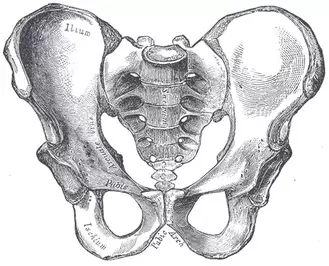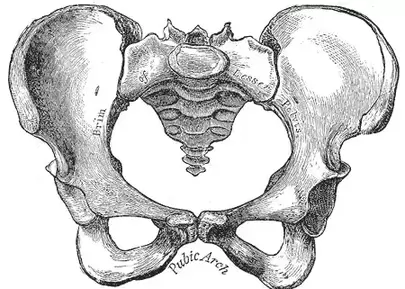 Source: pediaa.com Source: pediaa.com This blog discusses engagement of the pelvic floor, or what is called mula bandha, the root lock, in yoga. To get where we are now, it's useful to start with a little history. Prior to the 1700s, it was thought that the body was an alchemical vessel. Through manipulating the body, we could move the winds (vayu) or direct life energy upward (sometimes called kundalini). These were practices of hathayoga. It was also believed that life force could leak out of the openings in the body. Therefore one would apply locks and seals (bandha & mudra) to various parts of the body to prevent energy from escaping. One of these, mula bandha, involved the pelvic floor muscles. Nowadays, these beliefs have been extrapolated to mean various things. Sometimes it's taught that pelvic floor engagement makes the body more "stable". Yoga International says that mula bandha is "stabilizing and calming" and "enhances the energy of concentration". But in asana practice, this will not stabilize the body. Here's why. The pelvic floor muscles to do not move the skeleton. Therefore, they cannot make the skeleton more stable. They attach to the opening in the bottom of the pelvis, between the tailbone and the pubic bone. When the pelvic floor muscles engage, they lift the organs above them and tighten the openings of the pelvis. (This is very different than muscles that cross a joint and move the skeleton.) In short, they do not stabilize the skeleton in an asana, because they do not move the skeleton. There is also concern about over strengthening the pelvic floor. This can lead to constipation and pain. Just like any muscle, too loose is not good but too tight is not good either. In conclusion, it is good to consider whether engaging the pelvic floor is useful. If we are trying to manipulate the flow of subtle energy, it may be. If we are trying to stabilize the skeleton, it is not. Sources: Yoga International, Better Health
0 Comments
Leave a Reply. |
AUTHORSScott & Ida are Yoga Acharyas (Masters of Yoga). They are scholars as well as practitioners of yogic postures, breath control and meditation. They are the head teachers of Ghosh Yoga.
POPULAR- The 113 Postures of Ghosh Yoga
- Make the Hamstrings Strong, Not Long - Understanding Chair Posture - Lock the Knee History - It Doesn't Matter If Your Head Is On Your Knee - Bow Pose (Dhanurasana) - 5 Reasons To Backbend - Origins of Standing Bow - The Traditional Yoga In Bikram's Class - What About the Women?! - Through Bishnu's Eyes - Why Teaching Is Not a Personal Practice Categories
All
Archives
May 2024
|







 RSS Feed
RSS Feed